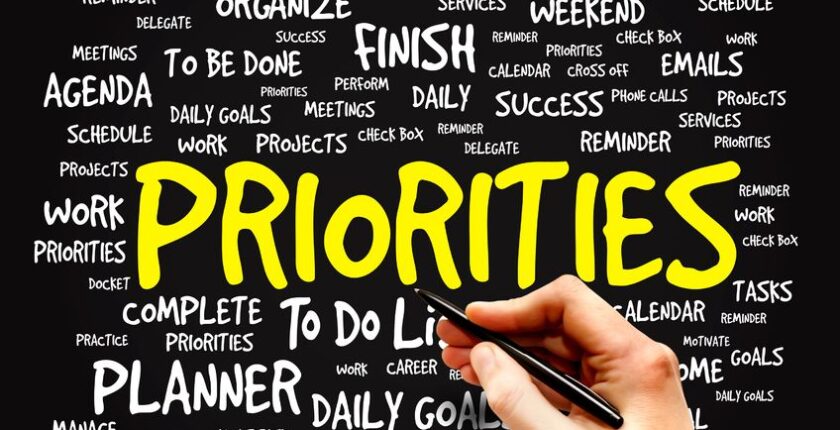Balancing Multiple Projects and Priorities: A Guide to Achieving Productivity and Sanity
Introduction
In today’s fast-paced work environment, professionals often find themselves juggling multiple projects and priorities simultaneously. Whether you’re in a corporate setting, an entrepreneur, a student, or a freelancer, the ability to balance various tasks efficiently is a crucial skill. However, it’s not always easy. The constant demands on your time and attention can lead to stress, burnout, and a drop in productivity. In this blog post, we’ll explore effective strategies for balancing multiple projects and priorities while maintaining your sanity.
- Prioritize RuthlesslyThe first step in managing multiple projects is setting clear priorities. Identify which projects are most critical, time-sensitive, or aligned with your long-term goals. Use tools like the Eisenhower Matrix, which categorizes tasks into four quadrants: urgent and important, important but not urgent, urgent but not important, and neither urgent nor important. Focus your energy on tasks in the first two quadrants.
- Create a Master Task ListMaintaining a master task list is essential. This list should include all your projects and their associated tasks. Tools like digital task managers (e.g., Todoist, Trello, or Asana) or a simple spreadsheet can help you keep track of everything. Regularly update this list to reflect your current workload.
- Set Realistic DeadlinesBe realistic about what you can accomplish within a given timeframe. Overcommitting can lead to stress and lower-quality work. Communicate with stakeholders or team members about deadlines and negotiate if necessary. Setting achievable goals is key to maintaining your sanity.
- Time BlockingTime blocking involves allocating specific blocks of time for different tasks or projects. For example, you might reserve the mornings for focused work on Project A and the afternoons for Project B. This approach minimizes context switching and allows you to dive deep into each project.
- Use the Pomodoro TechniqueThe Pomodoro Technique breaks work into intervals, traditionally 25 minutes in length, separated by short breaks. During each interval, you focus on a single task. After completing four intervals, take a longer break. This method can help you maintain concentration and prevent burnout.
- Delegate and CollaborateDon’t be afraid to delegate tasks or collaborate with others when possible. Sharing the workload can lighten the burden and improve the quality of the final product. Effective delegation and collaboration require clear communication and trust in your team members.
- Learn to Say NoSaying no is one of the most challenging but essential skills in balancing multiple projects. Politely decline new commitments that don’t align with your current priorities or workload. Overextending yourself will only lead to stress and decreased effectiveness.
- Practice Self-CareDon’t neglect self-care. Regular exercise, a healthy diet, adequate sleep, and relaxation techniques (like meditation or mindfulness) can help you stay physically and mentally fit. Taking care of yourself is not a luxury; it’s a necessity for long-term productivity and well-being.
- Review and AdjustPeriodically review your workload and priorities. Are there tasks or projects that can be postponed, delegated, or dropped altogether? Adjust your approach as needed to maintain a healthy work-life balance.
Conclusion
Balancing multiple projects and priorities is a skill that can significantly enhance your professional and personal life. It requires careful planning, effective time management, and the ability to adapt to changing circumstances. By prioritizing ruthlessly, creating a master task list, setting realistic deadlines, and practicing self-care, you can not only manage your workload but also maintain your sanity in the process. Remember that achieving balance is an ongoing process, and it’s okay to seek support or guidance when needed.

